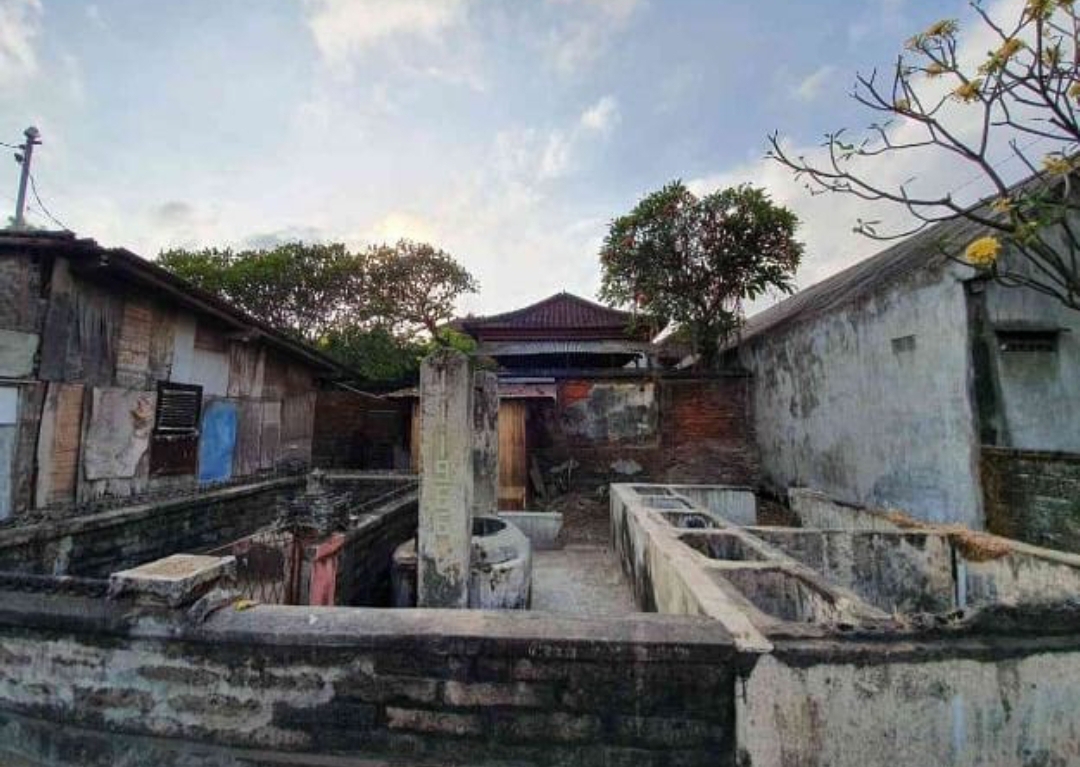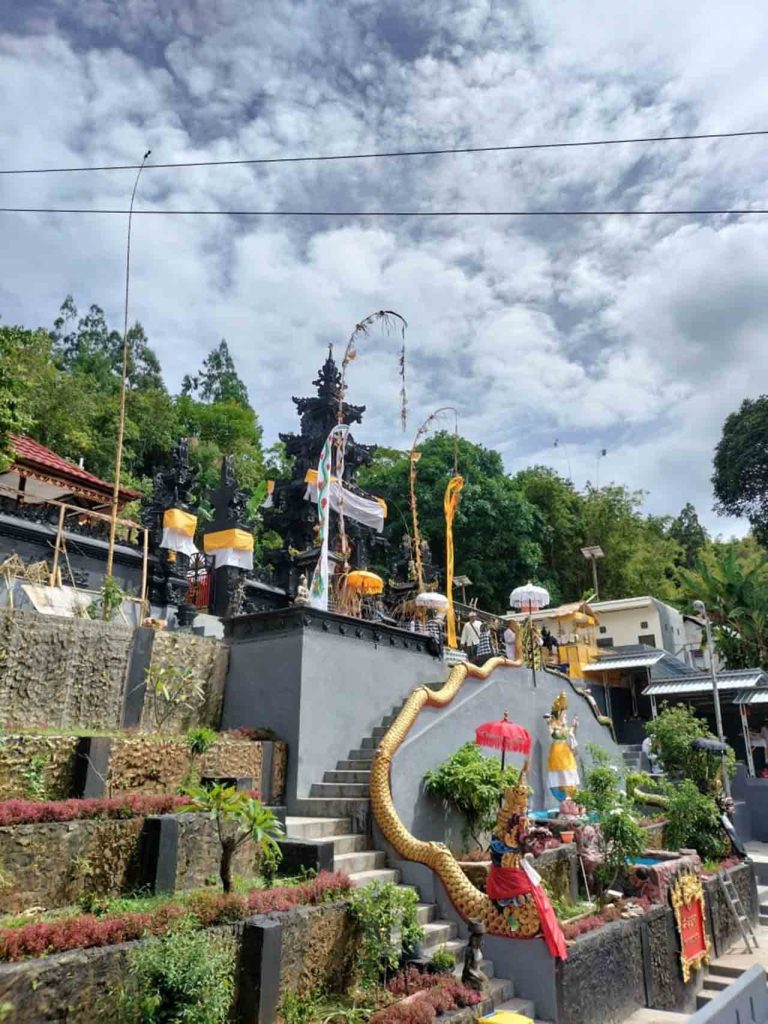Amid the rapid pace of modernization, remnants of the past often fade into obscurity.
One such relic is an old well located in Banjar Suci, Denpasar, Bali, a silent witness to the community’s history.
Built in 1966 on the property of the late Putu Gede Suena, a respected community leader, village official, and anti-colonial fighter, this well once served as a vital water source for local residents.
During that era, few households had private bathrooms. As a result, the residents of Banjar Suci relied on this well for bathing, washing, and other daily needs.
It was constructed through a joint initiative between Putu Gede Suena and the local community to provide access to clean water. Its location near Tukad Badung made it even more convenient for the people at the time.
However, as modernization spread and homes gradually began to include private bathrooms, the public well lost its significance.
Over the years, its use dwindled until it was eventually abandoned. Though it still holds water today, the site has largely been left to deteriorate, maintained minimally by those who wish to preserve its historical value.
Upon closer inspection, remnants of its past are still visible. Pillars surrounding the well stand as a reminder of its former importance, and an engraving bearing the year “1966” marks its establishment.
This serves as tangible proof that, decades ago, the well was a bustling hub where residents gathered to perform their daily routines before private amenities became widespread.
According to local accounts, the well has remained unused for many years. As household facilities improved, the need for a communal water source gradually diminished.
This once-essential site, where neighbors once met and bonded, has been left behind by time and progress.
Today, the well is little more than a forgotten landmark, a relic of an era when community spirit flourished around shared resources.
For those who remember its past, however, it remains a poignant symbol of togetherness, evoking memories of a simpler time when water was not only a basic necessity but also a source of communal connection. (BT)





